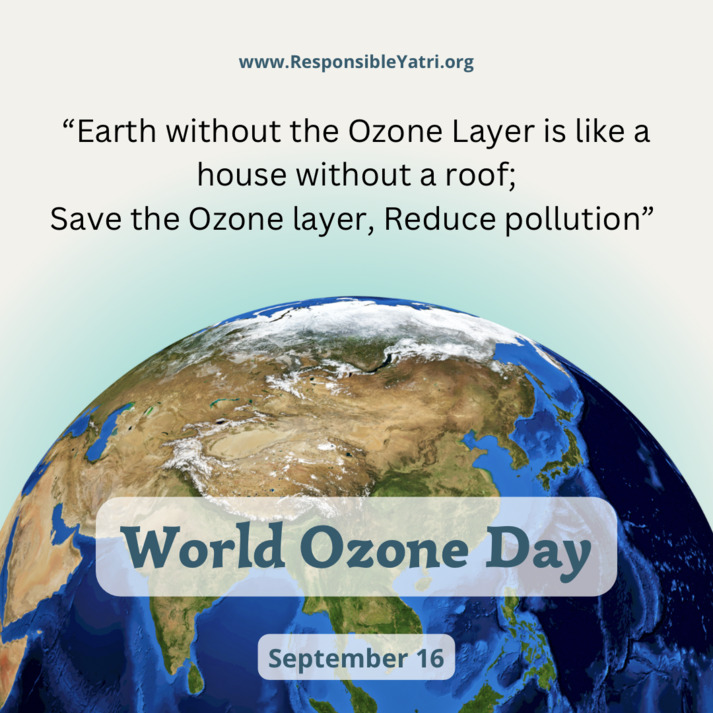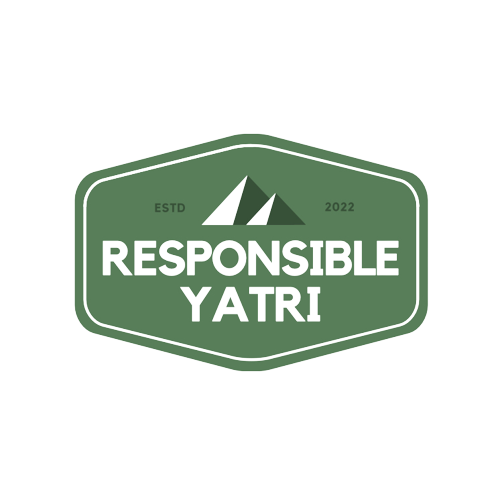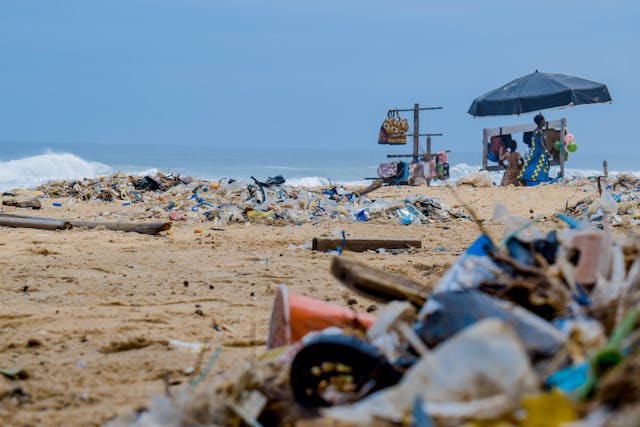World Ozone Day is celebrated on 16 September every year in order to spread awareness about the Ozone layer depletion. In this article, we are discussing the Importance of OZONE LAYER about the ozone layer, but first let us understand what Ozone layer is.
The ozone layer is a region of the Earth’s stratosphere that contains a relatively high concentration of ozone (O3) molecules. It is located about 10 to 30 kilometers (6 to 19 miles) above the Earth’s surface, in a region known as the ozone layer. The ozone layer plays a crucial role in protecting life on Earth by absorbing and blocking a significant portion of the sun’s harmful ultraviolet (UV) radiation.
Importance of Ozone Layer – 5 Facts to Explain

- UV Radiation Protection: The primary function of the ozone layer is to absorb and block the majority of the sun’s harmful ultraviolet (UV) radiation, particularly the most dangerous UV-B and UV-C rays. This absorption of UV radiation helps to shield living organisms on Earth from the harmful effects of excessive UV exposure, such as skin cancer, cataracts, and other health problems.
- Ozone Formation: Ozone molecules in the ozone layer are formed through the interaction of oxygen (O2) molecules and UV-C radiation from the sun. This process results in the creation of ozone molecules (O3) from oxygen molecules (O2).
- Ozone Depletion: Over the past few decades, human activities have led to the depletion of the ozone layer, particularly in the polar regions. Chlorofluorocarbons (CFCs) and other ozone-depleting substances, which were commonly used in refrigerants, aerosol propellants, and foam-blowing agents, were identified as major contributors to ozone layer depletion. This depletion leads to the formation of the “ozone hole” in certain areas, most notably over Antarctica.
- Environmental Agreements: In response to the ozone layer depletion issue, the international community adopted the Montreal Protocol in 1987, which is an international treaty aimed at phasing out the production and consumption of ozone-depleting substances. The protocol has been highly successful in reducing the emissions of these harmful chemicals, and as a result, the ozone layer is slowly recovering.
- Ozone Layer for life on Earth: The preservation of the ozone layer is crucial for protecting life on Earth. Without it, increased exposure to harmful UV radiation could have catastrophic effects on human health, ecosystems, and the environment. The ozone layer also plays a role in regulating Earth’s climate by influencing temperature patterns in the stratosphere.
In summary, the ozone layer is a protective layer of ozone molecules in the Earth’s stratosphere that absorbs and blocks a significant portion of harmful UV radiation from the sun, thereby safeguarding life on Earth. Efforts to protect and restore the ozone layer have been ongoing through international agreements and regulations aimed at reducing the use of ozone-depleting substances.
Also read:
How to Create an Ultimate Travel Bucket List?
7 Ways To Make Your Travel Climate Friendly





